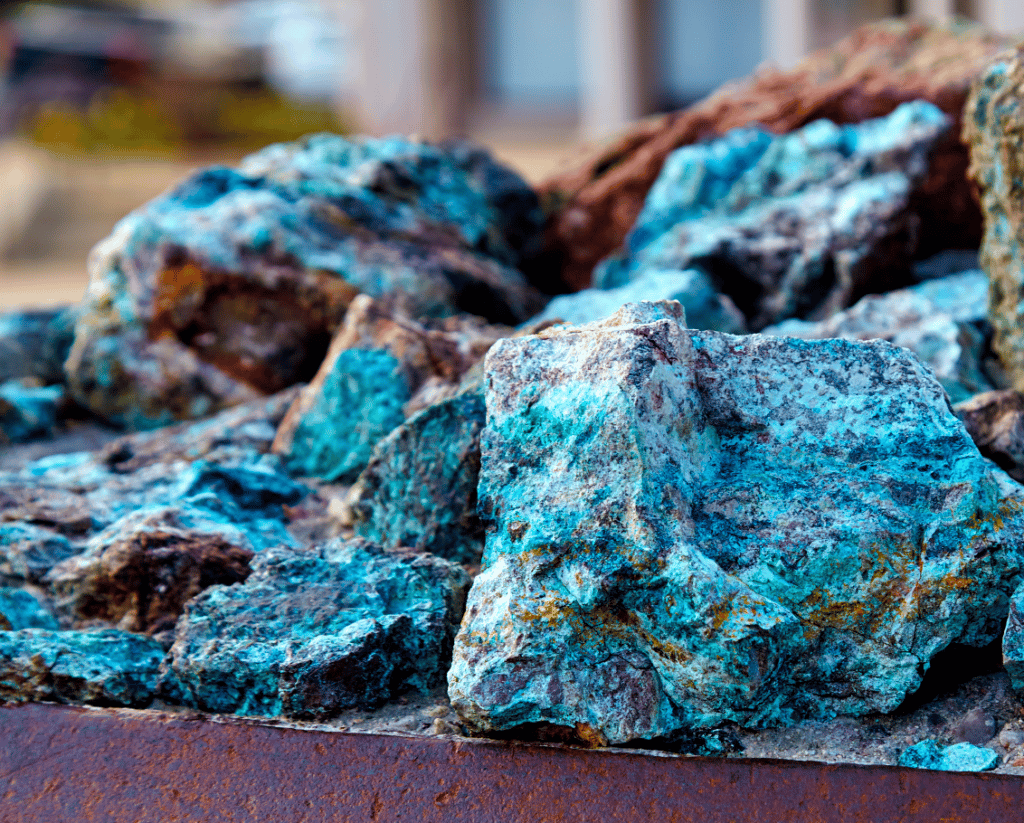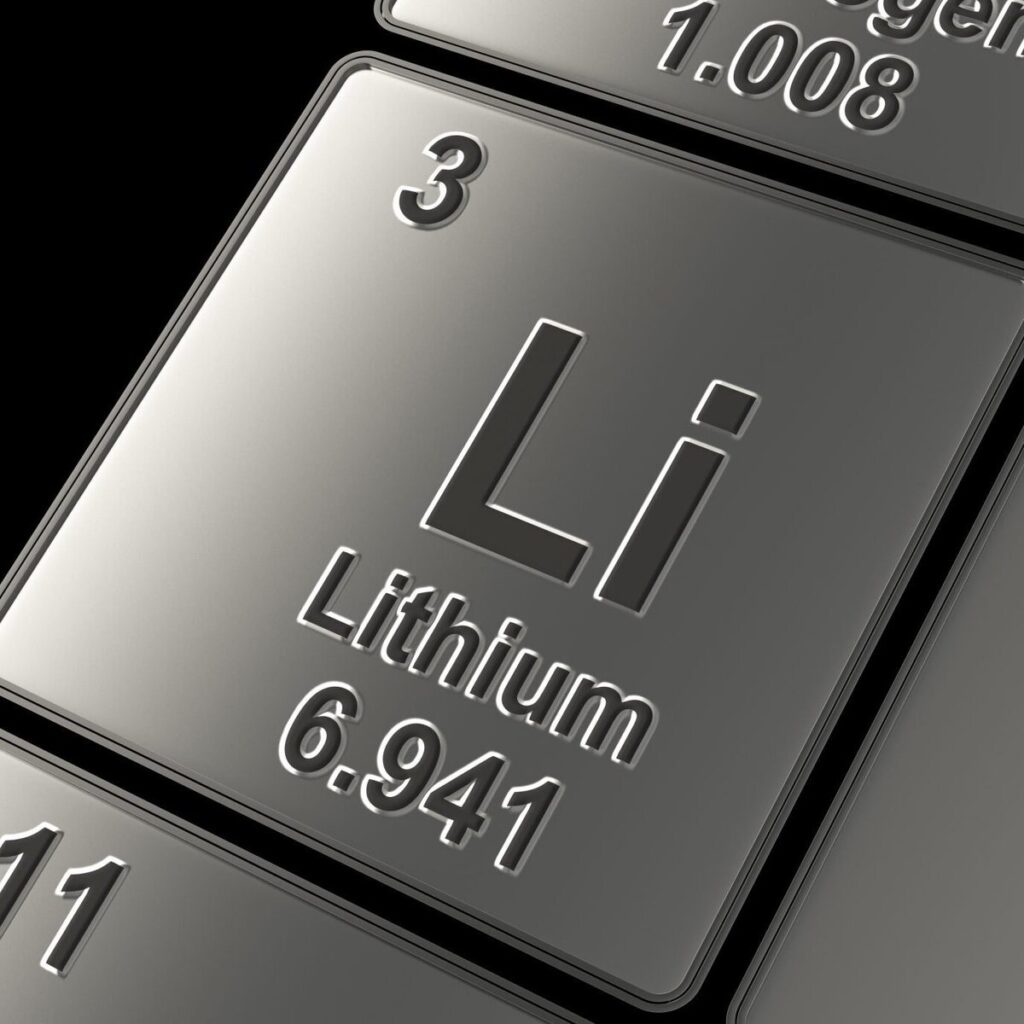So, this electronic revolution is going to make rare metals soar in price and stay up, right? Those battery metals – cobalt, lithium – and the rare earths for the magnets, they’re stonking to the Moon and no mistake, undoubtedly. Except metals markets don’t in fact work that way. Sure, demand changes, prices change, but then supply changes too. Prices stay high only for the length of time it takes supply to expand.
Cobalt Is Now Below Production Cost
For example, the current market price of cobalt is below production cost. That’s a metal that is in oversupply therefore, not one in shortage. Sure, maybe demand will rise again and change that. But don’t forget it was only a couple of years back that we were all told the cobalt supply could never keep up with demand, yet it already has.

True, cobalt has some specifics, it’s usually produced as a by-product. Many copper and nickel projects, put the right doohickie on the side of the plant and you get cobalt. This has significant price implications. Even when the price falls below production cost you still run the doohickie – you’ve got to pay for it anyway, the price has to fall below operating costs for you to turn it off. So, the cobalt price can be below all in production costs for a long time. And if and when it rises again there can be a lot of latent supply that can be turned back on.
Lithium Will Be Below Production Cost Soon Enough
This is not, though, a point specific to cobalt. It’s relevant to near all minor – and so critical – metals. Back in 2010 the Chinese limited rare earth exports, rare earth prices soared. So much so that at one point there were 420 – by one count – rare earth projects looking for finance. Only two succeeded but that was enough to drive the price back down again. So far down that one of those two then went bust again, the other one nearly did, requiring a major refinancing.
This is true of the currently red-hot lithium market as well. Yes, despite those targets for the end of the internal combustion engine there’s plenty of lithium out there, it’s only the time it takes to bring a new mine onstream that creates shortages.

In the economic jargon the reason for this is that in the short to medium term supply of minerals is inelastic – it’s not possible to increase supply when demand and prices rise. But in the long-term mineral supply is hugely elastic – there’s plenty out there, just got to go dig it up. So, yes, we can and do have wild swings in metals prices. But in the long term they’re not just going to stay high. They’ll stay high until someone digs a new hole.
Even Copper Can – Will – Fall Below Production Cost
This is even true of things like copper. We might think that since humans have been mining it for at least 5,000 years then we’re getting to the end of the supply. But it is always possible (and this does mean “always”) to extract from a different mineral. As did happen with copper and the SX-EW revolution in the 1970s. Or we could think of potash – plenty of people are worrying that fertilizer is about to run out. But there’re 250 billion (billion with a b) tonnes of the standard stuff out there.
There’s an importance of all of this to investors. Yes, certainly, stock prices of metals and minerals miners will jump as the prices of their production does. For profits are going to be looking good over these next few years. But it isn’t true that minerals prices will stay high. There simply is no fundamental shortage of any of the elements we use. There’s only a shortage of holes prepared to supply them from. So, over the 4 to 10 years it takes to permit and dig new holes is the longest that prices will stay absurdly high.
What Matters with Metals Is the Investment Horizon
Four to ten years is of course a long investment horizon for most of us and that’s fine. The essential point to grasp though is that mining and minerals is not about buy and forget for the pension. Mining is a sector to trade, not to buy. Just because there is no shortage of minerals, there can only ever be a shortage of people currently mining them. So, as soon as more people mine them the shortages and the high prices go away.
The other lesson to learn here is that near all – as with those 420 rare earth companies – proposals never do get to the point of ever mining anything. So, the fun, the trading, in junior miners is the bet on who will open and produce, not the future prices of the minerals themselves.
4 to 10 years to permit and build a mine (‘dig a hole’)? Good luck with that.
Depends upon the jurisdiction but yes, can be that.